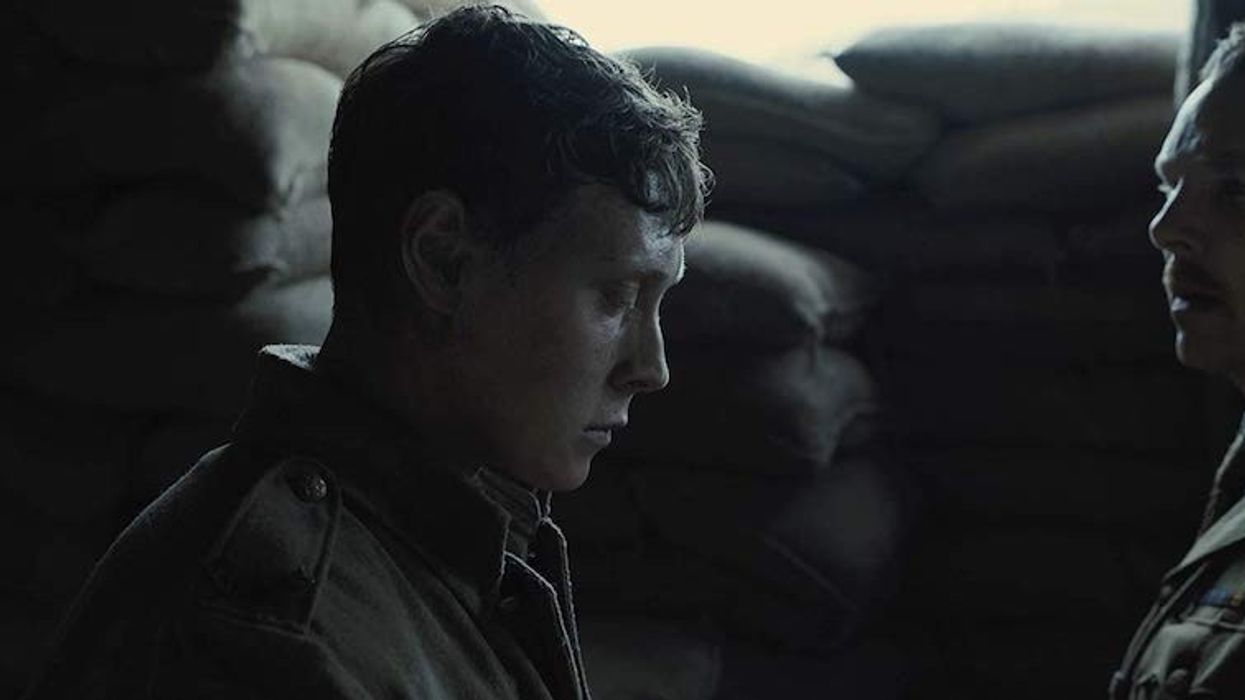Where Were the Hidden Cuts in '1917'?
1917 made its name by being a movie that resembles one long shot. They pulled that off by hiding the edits. So where are they?

Roger Deakins and Sam Mendes did something extraordinary in 1917, creating a feature film that looks like the entire thing was captured in a oner. While this has been done before, like in Alejandro González Iñárritu's Birdman, it's always worth noting and appreciating.
We know that movies like this are not shot in real-time. There are edits that help split the film into pieces, as well as give crews ideas on how to block and coordinate elongated scenes.
1917 does a great job of hiding those edits so they aren't obvious to the viewer.
Let's check out this video from Harrison Edgecombe, in which he reveals where they are and how they're done.
Where Were the Hidden Cuts in 1917?
Creating a movie like 1917 is a process in planning and blocking. You have to pick and chose where to cut but also trick the audience into thinking every shot continues naturally.
So how did they do it?
One of the strategies they employed was having things move in front of the camera, like a cart or just a series of solider walking. This blocked out the frame completely. Another technique they used was blacking out the camera, like when they submerged into the bunker and came up from it.
It's not just about blocking out the frame. They used solid objects like fence posts to create points of reference that allowed them to cut when the actors were obscured.
They also used extreme close-ups combined with pans to cut on movement once a person was out of the frame.
Lee Smith, the film's editor, told The Wrap, “I laughed hysterically (when I read the script).” Smith said, “Sam actually had it on the cover page of the script that it should look like a single shot. And as I was reading it, I kept thinking to myself, ‘I have no idea how this is going to work.’ Whenever I read a script, the film plays out in my head in conventional coverage–and I had to keep reminding myself that even though there will of course be edits, you’re not supposed to see them.”

To hit the desired effect, Smith was editing the movie in real-time on set. He had to work closely with Mendes and Deakins so they knew they had the pacing right. Shots lasted anywhere from a few seconds to a few minutes, but every transition and shot had to be edited in such a way that it allowed the two to seamlessly blend together to create the illusion of one continuous shot.
Smith went on to say, “Every day I would look at the dailies, with up to 39 takes of each scene, and some of those takes gave us very little flexibility,” he said. “We were buying our next day based on the decisions we were making.”
The longest shot lasts eight-and-a-half-minutes.
The wildest part?
Smith would only look like he did a good job if no one could tell he did his job at all.
That's pretty complex.
In his words, “On a sliding scale of complexity–some of them were effortless and some were very complicated. And on a daily basis, we didn’t quite know which ones were going to be which. Some were extremely difficult where on paper you wouldn’t have thought they would be, and others that looked tricky were surprisingly easy.”
How many shots do you think were actually captured in 1917?
We may never truly know.

What's Next? Lessons on Writing and Directing from Greta Gerwig!
Greta Gerwig is a writer and director on fire right now. Learn how she was able to get Little Women made and the lessons she learned writing and directing the feature.

 No Film School's coverage of
No Film School's coverage of 









